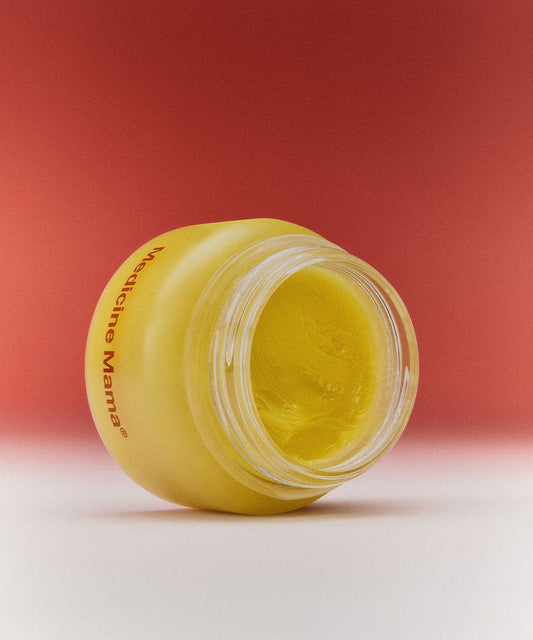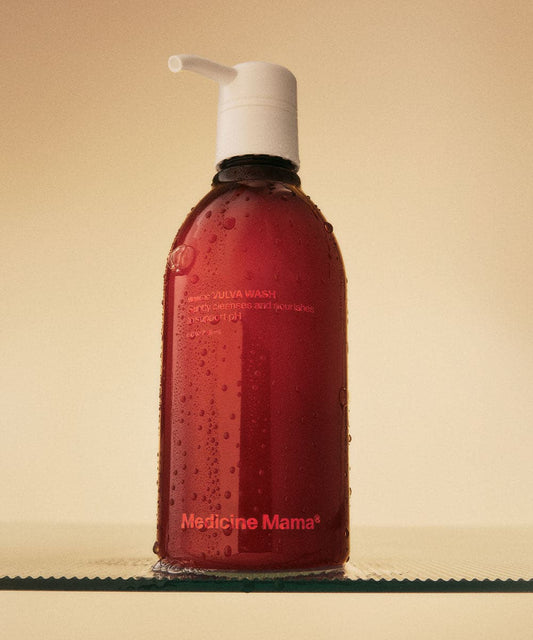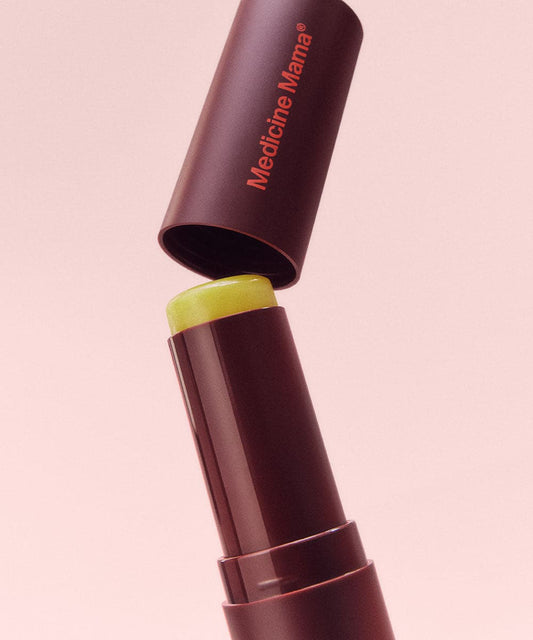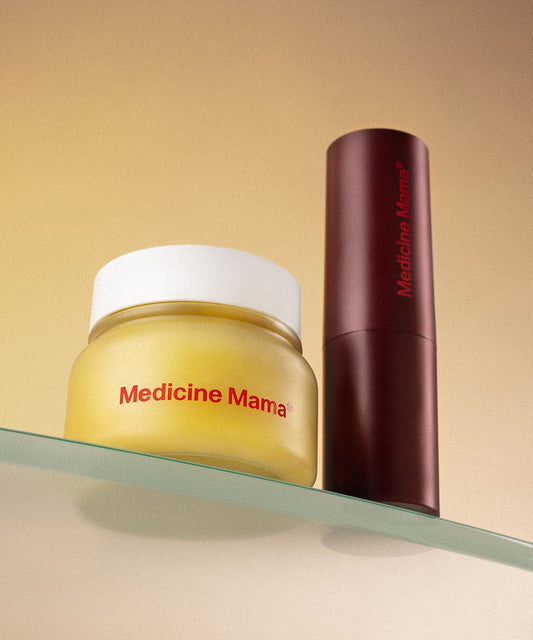Reviewed by | Dr. Clare Bertucio MD
Aging brings with it many physical transformations, and one such change that can profoundly impact a woman’s life is vaginal atrophy. Often surfacing during menopause, this condition is characterized by changes in the vaginal walls that many might not expect or know how to manage.
Let’s unpack the specifics of vaginal atrophy together by exploring its symptoms, causes, and practical advice on prevention and management. Armed with this knowledge, you’ll be better equipped to navigate the landscape of menopausal changes with confidence and clarity.
Vaginal Atrophy 101
Vaginal atrophy, also known as atrophic vaginitis, is a condition that many women may face, especially as they approach menopause. It involves thinning, drying, and inflammation of the vaginal walls, which can occur when the body has less estrogen. The condition isn’t merely uncomfortable — it can affect your quality of life, impacting your intimate relationships and even your self-confidence.
Beyond discomfort, vaginal atrophy can lead to a sense of isolation or embarrassment, especially when it’s not something you’re familiar with. This feeling can often prevent women from seeking the help or support they need.
Let’s leave that feeling at the door. At Medicine Mama, we believe in confronting these issues head-on. So let’s dig deeper into what vaginal atrophy feels like and what you can do to address it.
What Are the Symptoms of Vaginal Atrophy?
The symptoms of vaginal atrophy are often mistaken for signs of aging or are dismissed as inevitable discomforts of menopause. These symptoms include dryness, itching and burning, discomfort during intercourse, and urinary issues.
You might think of something like dryness as a symptom that only impacts your life in the bedroom. But dryness can actually make even everyday activities and movements uncomfortable or painful.
The itching and burning associated with this condition can be persistent. Like any kind of pain or discomfort that seems like it simply won’t go away, these concerns can cause significant distress and distraction.
That said, yes. Vaginal atrophy can lead to discomfort during intercourse too. This discomfort can lead to a desire to avoid intimacy, which can be compounded if you struggle to communicate about vaginal health.
Likewise, urinary issues can lead to embarrassment and anxiety, particularly in social settings or when access to restroom facilities may be limited. It’s crucial to recognize these symptoms early to manage them effectively and maintain quality of life.
What Causes Vaginal Atrophy?
The primary cause of vaginal atrophy is a decrease in estrogen levels. Estrogen is a hormone that helps maintain the health of vaginal and vulvar tissues.
Apart from menopause, which is the most common trigger for reduced estrogen, other factors like breastfeeding, medical treatments, and surgical interventions also play crucial roles in triggering changes in estrogen. As we’ve pointed out, this can contribute to vaginal atrophy.
During breastfeeding and postpartum periods, estrogen levels can drop temporarily, affecting the elasticity and moisture levels of vaginal tissues. But it isn’t just natural hormone fluctuations that can lead to vaginal atrophy.
Medical treatments such as chemotherapy or hormonal therapy for cancer can similarly reduce estrogen levels, impacting vaginal health. The surgical removal of ovaries, a procedure known as oophorectomy, is another common risk factor.
What Can You Do To Prevent It?
Looking after your vulvar and vaginal health doesn’t have to be complicated. Simple things like staying hydrated and getting regular exercise do more than just keep you fit — they help keep everything down there comfortable, too.
Drinking plenty of water keeps your skin and tissues well-lubricated while moving your body boosts circulation, which is great for tissue health and keeping hormones balanced. It’s also important to be kind to your sensitive areas by steering clear of products that can be irritating.
Skip the scented soaps and harsh cleansers — your vulva will thank you by feeling better and less dry. And don’t forget about regular visits to your healthcare provider. These check-ups are perfect for catching any issues early and discussing ways to manage changes in your body as you age.
Keep Your Vulva Moisturized
When it comes to caring for the health of your vulva, a gentle, hormone-free vaginal moisturizer can play an essential role in easing dryness and irritation. Whether triggered by menopause, postpartum changes, sexual activity, or even personal grooming habits, vulvar dryness is common and manageable with the right support.
Formulated specifically for sensitive skin, these moisturizers are typically safe for daily use. They help nourish and reinforce the skin’s natural barrier, promoting softness and resilience while reducing discomfort.
Look for rich, emollient textures that absorb easily without leaving a greasy residue. With each use, the skin is infused with nutrients that support elasticity, suppleness, and an overall sense of comfort.
Application is simple: with clean, dry hands, massage a small amount into the vulvar skin. This can be done daily to maintain healthy moisture levels or as needed to relieve symptoms of dryness or irritation.
Use a Gentle, Fragrance-Free Wash
For daily intimate hygiene, a fragrance-free vulva wash can offer a simple, effective way to cleanse and care for sensitive skin without causing irritation. Especially helpful for those experiencing vaginal atrophy or general discomfort, these gentle washes are formulated to support the skin’s natural balance while promoting long-term comfort.
The best options are pH-balanced and include soothing ingredients known for their calming and conditioning effects on delicate tissue. These cleansers help maintain the vulva’s natural ecosystem while minimizing potential triggers like dryness, itching, or inflammation.
To use, dispense a small amount—about the size of a quarter—onto clean hands or a soft washcloth. Gently apply to the external vulvar area, then rinse thoroughly with warm water. A good vulva wash should leave your skin feeling clean, refreshed, and residue-free, never tight or irritated.
Incorporating a gentle vulva cleanser into your daily care routine helps remove sweat, excess oils, and irritants from fabrics or personal products without stripping the skin. When paired with a nourishing moisturizer, this practice can be a proactive step toward maintaining hydration, minimizing flare-ups, and promoting overall vulvar health.
Gentle Lubricants
Sex can sometimes become uncomfortable or even painful due to thinning tissue, reduced elasticity, and a natural decline in moisture. Incorporating a gentle, high-quality lubricant into intimacy can help reduce friction, enhance pleasure, and protect delicate tissue from irritation or microtears.
When selecting a lubricant, the two most common types to consider are water-based and silicone-based:
- Water-based lubricants are lightweight, easy to rinse off, and compatible with most toys and condoms. Look for formulas that are fragrance-free, glycerin-free, and paraben-free, as these additives can sometimes cause stinging or imbalance, especially in already compromised skin.
- Silicone-based lubricants tend to last longer and offer a silkier, more durable glide. They don’t dry out as quickly and may be a better option for those experiencing significant dryness or friction-related discomfort. However, they may require a bit more effort to wash off and aren't compatible with certain silicone-based toys.
Whichever option you choose, applying a generous amount before and during intimacy can make a noticeable difference. Some people also find success using a hybrid of both types, offering the lightness of water with the longevity of silicone.
Ultimately, the best lubricant is one that respects your body’s needs—non-irritating, pH-balanced, and free from unnecessary additives.
Final Thoughts on Vaginal Atrophy
As we conclude our exploration of vaginal atrophy, it's clear that this condition, while common during menopause and other hormonal transitions, need not be an unending source of discomfort. Understanding what vaginal atrophy is and recognizing its symptoms are the first steps towards managing this condition effectively.
With the right approach to lifestyle adjustments — like maintaining proper hydration, engaging in regular exercise, and choosing the right skin care products — we can mitigate its impacts.
Ultimately, taking proactive steps to manage vaginal health not only enhances your physical comfort but also boosts your confidence and quality of life. Let's embrace these solutions with optimism and ensure that our health journey in every stage of life is approached with care and knowledge.
Disclaimer: The information provided on this blog is for general informational and educational purposes only. All content, including text, images, graphics, and other material, is not intended to be a substitute for professional medical advice, diagnosis, or treatment.
Always seek the guidance of your physician or other qualified health professional with any questions you may have regarding a medical condition, treatment, or wellness program. Never disregard the advice of a medical professional or delay in seeking it because of something you have read on this website.
Sources:
Vaginal Atrophy | National Library of Medicine
Diagnosis and Treatment of Atrophic Vaginitis | American Family Physician



